Oxalis triangularis 'Mijke'
Oxalis triangularis 'Mijke'
Out of stock
Read the blog post about Oxalis triangularis to learn more about this beautiful plant!
I personally produced these plants from rhizomes.
The plant comes with a transparent plastic pot and high-quality, professional, draining substrate.
Available in different sizes based on the diameter of the vase.
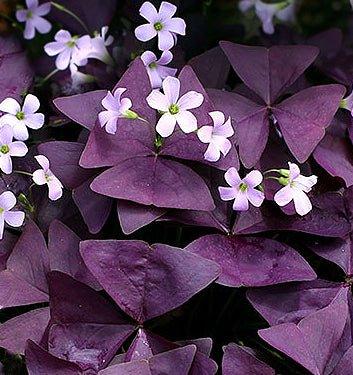
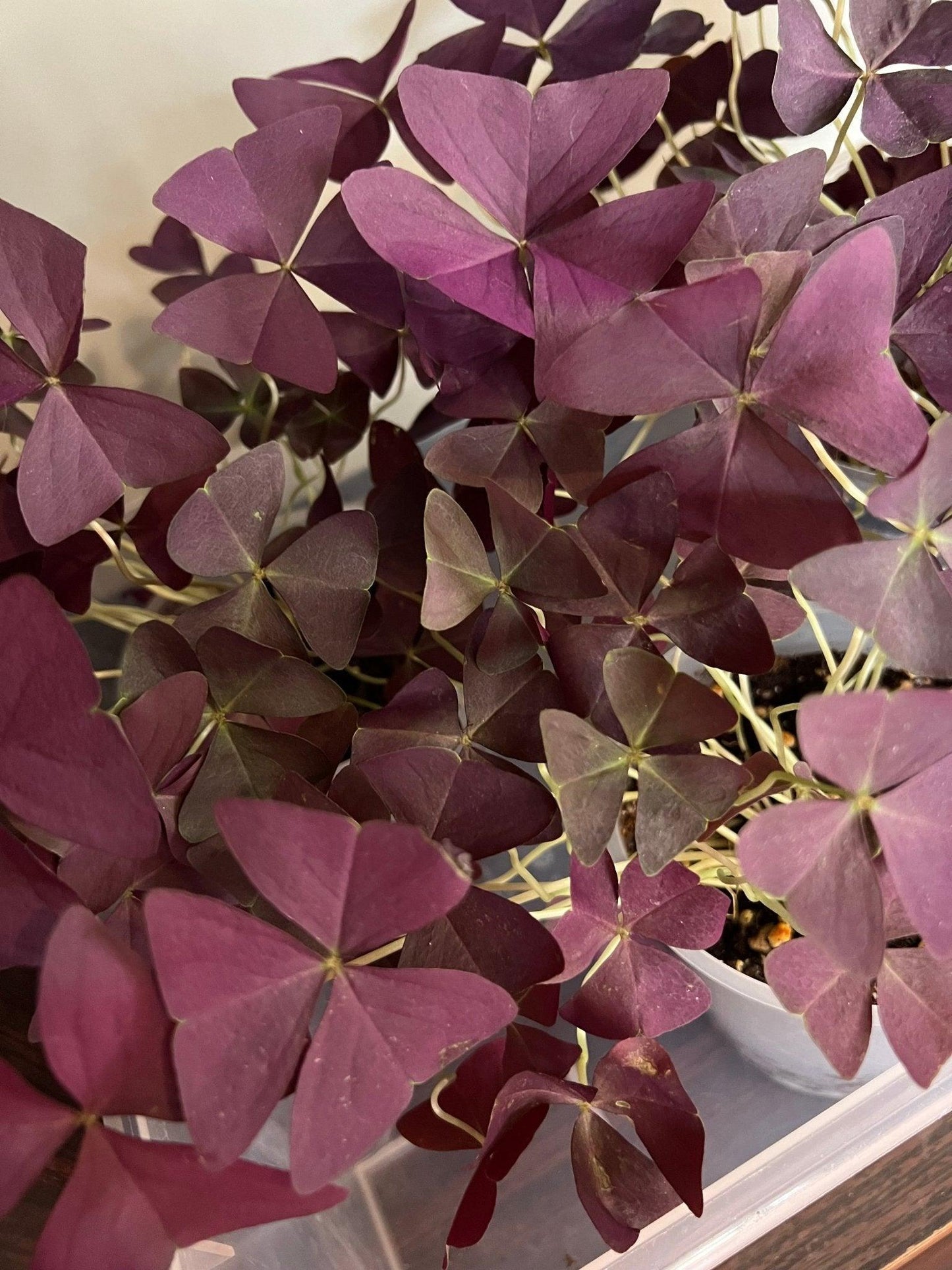
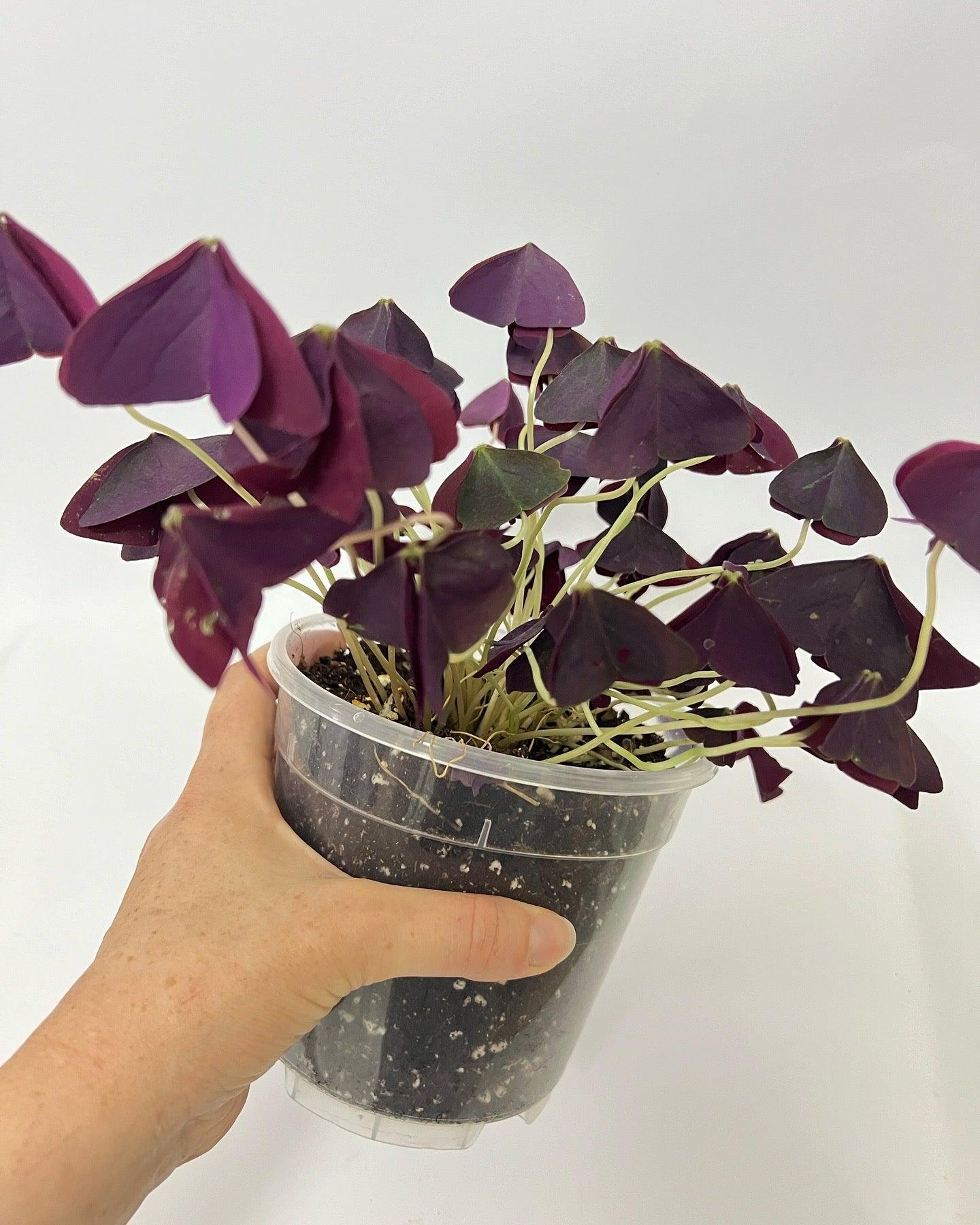
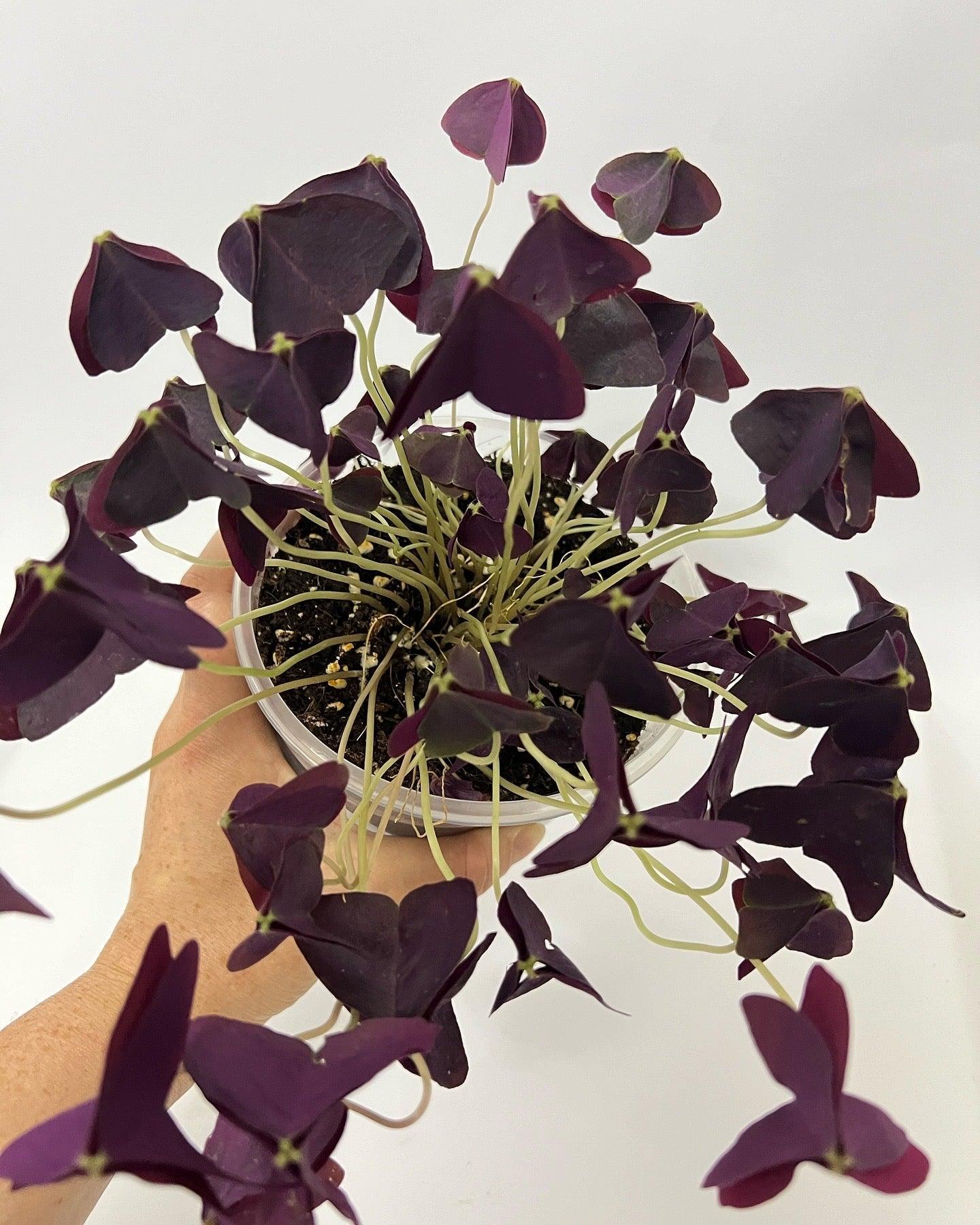
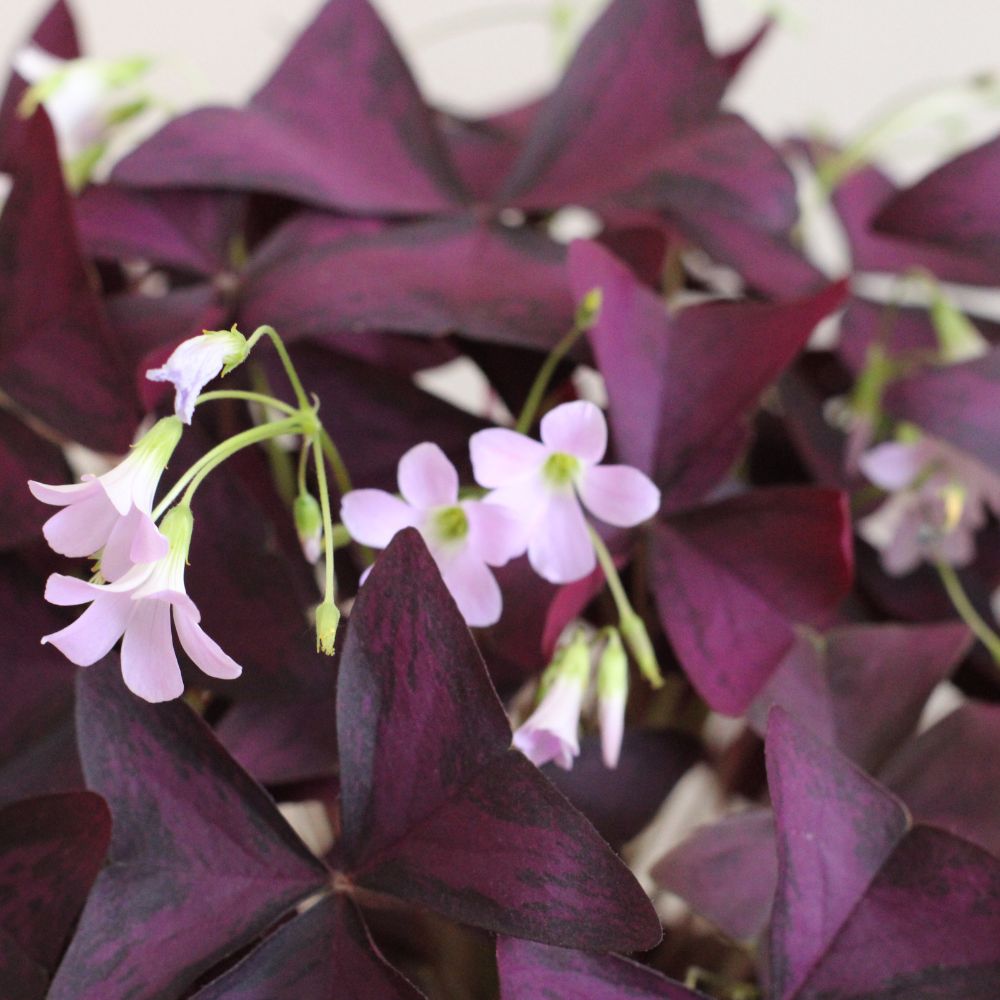
Oxalis triangularis is a tropical rhizomatous plant , native to Brazil and other regions of South America.
It has two curious characteristics , which not everyone knows about: nyctinasty and its habit of "shooting" seeds!
Nyctinasty is the movement of leaves in response to changes in light. During the night, its leaves close, while they open during the day, simulating a fascinating dance that recalls the movement of the wings of butterflies.
Additionally, Oxalis triangularis releases its seeds far away when the mature capsules open, a phenomenon known as autochory or explosive seed dispersal. This mechanism helps the plant to spread its offspring as widely as possible.
SCROLL and open the curtains to read all the information on Oxalis triangularis.
About the plant🪴
Characteristics of the plant
Tropical plant that outside of tropical or subtropical climates must stay indoors or in a greenhouse (heated in winter) - this is to keep it at its best.
In reality, Oxalis can also tolerate colder temperatures around zero and can also be grown outdoors, both in the garden in the open ground and in a pot.
However, in these cases, during the colder seasons, the plant loses all its leaves and goes into vegetative rest. The underground part, that of the bulbs and roots, remains alive and ready to produce leaves again in spring and summer.
So if you see it bare, don't throw it away!
Botanical information
Botanical Name: Oxalis triangularis "Mijke"
Popular Name: False Clover, Purple Butterfly Plant, Oxalis Wood Sorrel, Butterfly Clover
Family: Oxalidaceae
Climate: subtropical
Countries of Origin: South America
Ease of Growth: For Beginners and Intermediate Green Thumbs
Cultivation and care sheet
🌡️ Temperature:
- Ideal between 15-25°C (at these temperatures it always maintains its vegetation)
- Protect from cold and temperatures below 5°C
- It also resists lower temperatures and just below 0, both indoors and outdoors, but the vegetation disappears, only to reappear when temperatures rise.
☀️ Light and positioning:
- Bright indirect light
- Do not expose to direct sunlight to avoid sunburn
- Place near east or west facing windows
💦 Watering:
- Water moderately
- Allow the soil to dry slightly between waterings.
- Avoid waterlogging to prevent root rot
😶🌫️ Humidity:
- Not particularly demanding
- Tolerates normal house humidity
🚜 Type of soil:
- Well-draining soil
- Preferably a light and airy mix, such as that for houseplants
🪴 Type of vase:
- Pot with drainage holes
- A plastic or terracotta pot is preferable
🚀 Fertilization:
- Fertilize during the growing season (spring and summer)
- Use a balanced liquid fertilizer every 4 weeks
🗒️ Other features:
- Oxalis is a rustic rhizomatous plant, it can be grown both indoors in pots and outdoors; outdoors it can be grown both in pots and in the open ground, as long as it is in the shade.
- Below 10-15 degrees the Oxalis loses its leaves, but the plant is still alive. Its rhizomes remain alive in the soil protected by the earth and produce new vegetation when they reach its ideal temperatures.
- If grown outdoors you can protect the pots from severe frost. If grown in the ground you can mulch in order to protect the rhizomes and roots from frost.
Product information provided
Since plants are living beings, they may differ from the photos shown.
The plant is sold complete with a transparent vase and professional, draining, high-quality substrate .
This means you don’t need to repot the plant until it has grown and needs a larger pot!
The transparency of the vase helps to monitor the growth and well-being of the roots and the humidity level of the soil.
Blog Posts
View all-

The importance of repotting purchased plants
You just bought a plant, what to do now? Buying a plant is always exciting, but did you know that to ensure it has a long and healthy life, it...
The importance of repotting purchased plants
You just bought a plant, what to do now? Buying a plant is always exciting, but did you know that to ensure it has a long and healthy life, it...
-
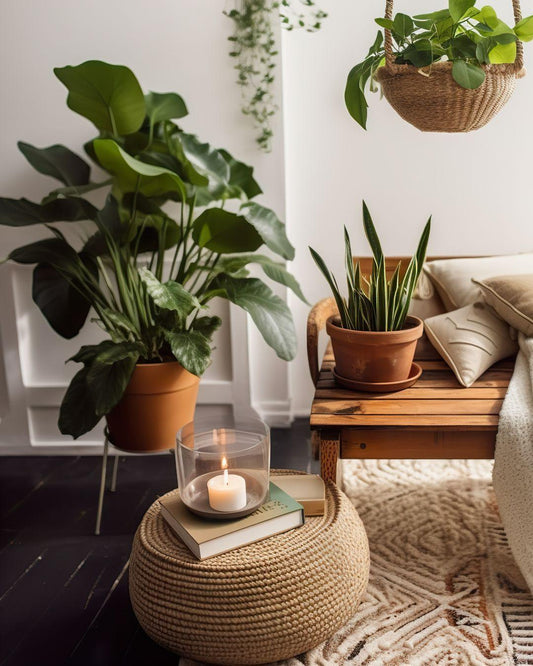
Do you know why your plants die?
Houseplants are more delicate than you think. Although they are called “houseplants,” they are actually tropical and subtropical plants that require conditions similar to their natural environments. If you've ever...
Do you know why your plants die?
Houseplants are more delicate than you think. Although they are called “houseplants,” they are actually tropical and subtropical plants that require conditions similar to their natural environments. If you've ever...
-
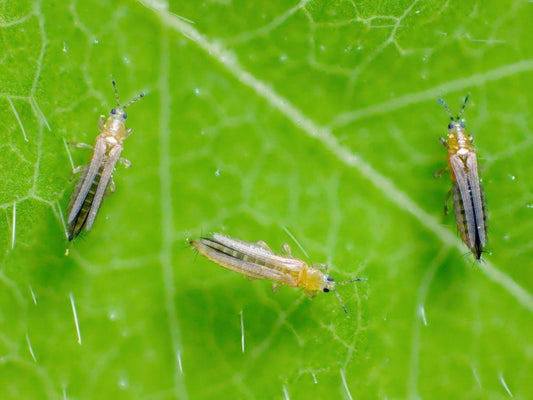
Thrips on houseplants
What they are and how to fight them Thrips can pose a significant threat to houseplants. Although they are not among the most common pests, they can become aggressive under...
Thrips on houseplants
What they are and how to fight them Thrips can pose a significant threat to houseplants. Although they are not among the most common pests, they can become aggressive under...







